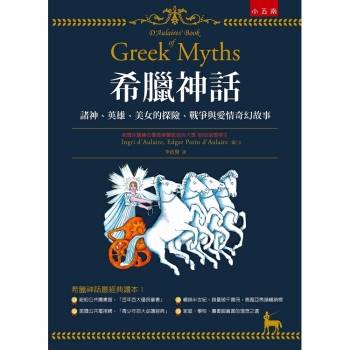How do space and architecture shape liturgical celebrations within a parish? In Theology and Form: Contemporary Orthodox Architecture in America, Denysenko profiles seven contemporary Eastern Orthodox communities in the United States and analyzes how their ecclesiastical identities are affected by their physical space and architecture. He begins with an overview of the Orthodox architectural heritage and its relation to liturgy and ecclesiology, including topics such as stational liturgy, mobility of the assembly, the symbiosis between celebrants and assembly, placement of musicians, and festal processions representative of the Orthodox liturgy. Chapters 2–7 present comparative case studies of seven Orthodox parishes. Some of these have purchased their property and built new edifices; Denysenko analyzes how contemporary architecture makes use of their sacred space and engages visitors. Others are mission parishes that purchased existing properties and buildings, posing challenges for and limitations of their liturgical practices. The book concludes with a reflection on how these parish examples might contribute to the future trajectory of Orthodox architecture in America and its dialogical relationship with liturgy and ecclesial identity.
“This book makes a unique contribution to its field. It is broadly and intentionally cross-disciplinary in its character, embracing architecture, liturgical theology, aesthetics, sociology, and oral history. In this way it manages to give an especially detailed portrait of Orthodoxy in America that has no precedent. It is also a very personal work—only someone with the author’s broad training and his highly attuned sense of the visual and the liturgical could possibly write such an informed and also deeply sympathetic work.” —Dr. Peter C. Bouteneff, St. Vladimir’s Orthodox Theological Seminary
“This book makes a unique contribution to its field. It is broadly and intentionally cross-disciplinary in its character, embracing architecture, liturgical theology, aesthetics, sociology, and oral history. In this way it manages to give an especially detailed portrait of Orthodoxy in America that has no precedent. It is also a very personal work—only someone with the author’s broad training and his highly attuned sense of the visual and the liturgical could possibly write such an informed and also deeply sympathetic work.” —Dr. Peter C. Bouteneff, St. Vladimir’s Orthodox Theological Seminary










